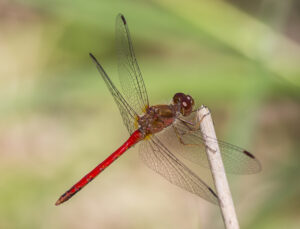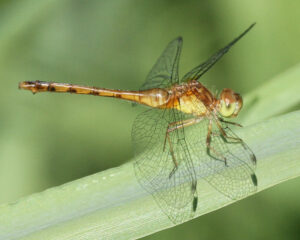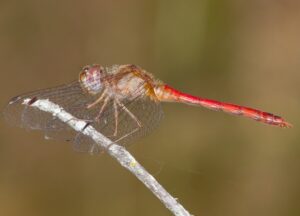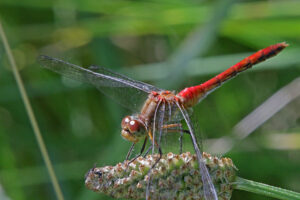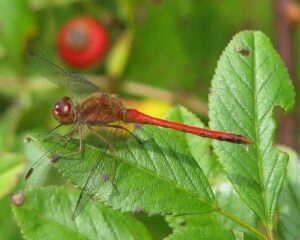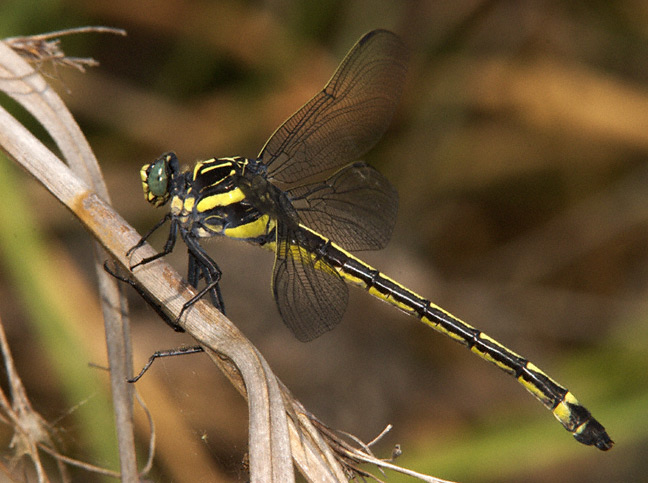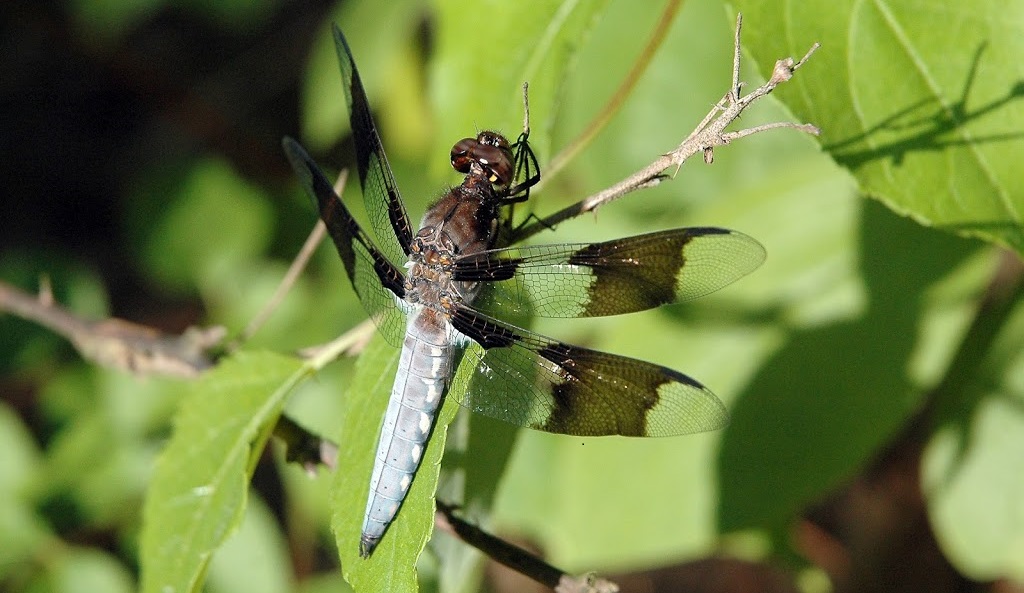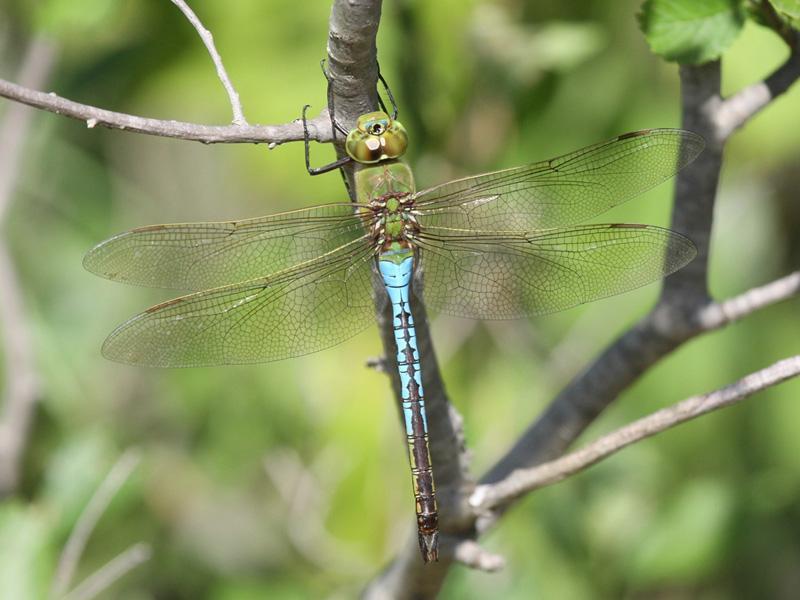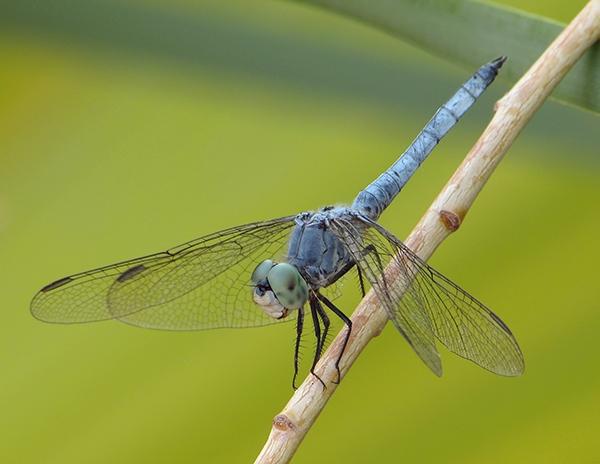Autumn Meadowhawk (Sympetrum vicinum)
Updated on
29/11/2022The autumn meadowhawk is a dragonfly commonly found in North America. They belong to the family of perchers or skimmers – the largest family of dragonflies in the world.
Scientific Classification
- Class:Insecta
- Order:Odonata
- Family:Libellulidae
- Genus:Sympetrum
- Species:S. vicinum
Conservation Status
Description
They are 1.2-1.4 inches long. These insects generally have reddish-brown bodies and yellow legs, though the males have darker faces and brighter abdomens. Like other dragonflies, their wings are transparent but have a patch of yellow-to-orange clouding at the base of the hindwing.
Other Common Names: Yellow-legged meadowhawk
Distribution: Eastern United States, the Great Plains, southern Canada from Ontario to Nova Scotia, and the North American west coast. They have also been spotted in British Columbia, Florida, and Texas.
Habitat: Places withrelatively stagnant water like marshes, ponds, and slow-moving streams
Do they bite: No
Lifespan: Not recorded
Predator: Crows, green frogs, jays, large-mouthed bass, magpies, mantises, rainbow trout, spinycheek crayfish, striped swamp snake, sunfish, and turtles
Life Cycle
Once these insects become sexually mature, they begin looking for a mate. Males determine a suitable partner visually, after which they insert their genetic material into the females’ genetic tract.
1. Egg Stage
The eggs are laid near the shore of lakes and ponds by the female immediately after mating, while the males are still attached. She does so by dipping her ovipositor just above the water body’s surface.
They are very vulnerable to predation in this stage, as when the parents come close to the surface to lay eggs, they are targeted by fish like the large-mouthed bass.
2. Naiad Stage

They are 0.47 to 0.59 inches long, mottled green and brown, and have bigger eyes than anyone else in this genus. Its abdomen has several large hooks along the top, with the last two segments having a large, rear-facing spine on either side.
Naiads live in secluded debris in ponds or lakes. This helps them avoid predation, as they only emerge when suitable prey passes by them. They feed on the larvae of aquatic flies, mayflies, and mosquitoes, as well as shrimp. Sometimes small fish and tadpoles can form part of their diet as well.
Interesting Facts
- These insects are known to bask on rocks early in the day to warm themselves.
Source
auth1.dpr.ncparks.gov, greglasley.com, wiatri.net, illinoisodes.org, inaturalist.ca




